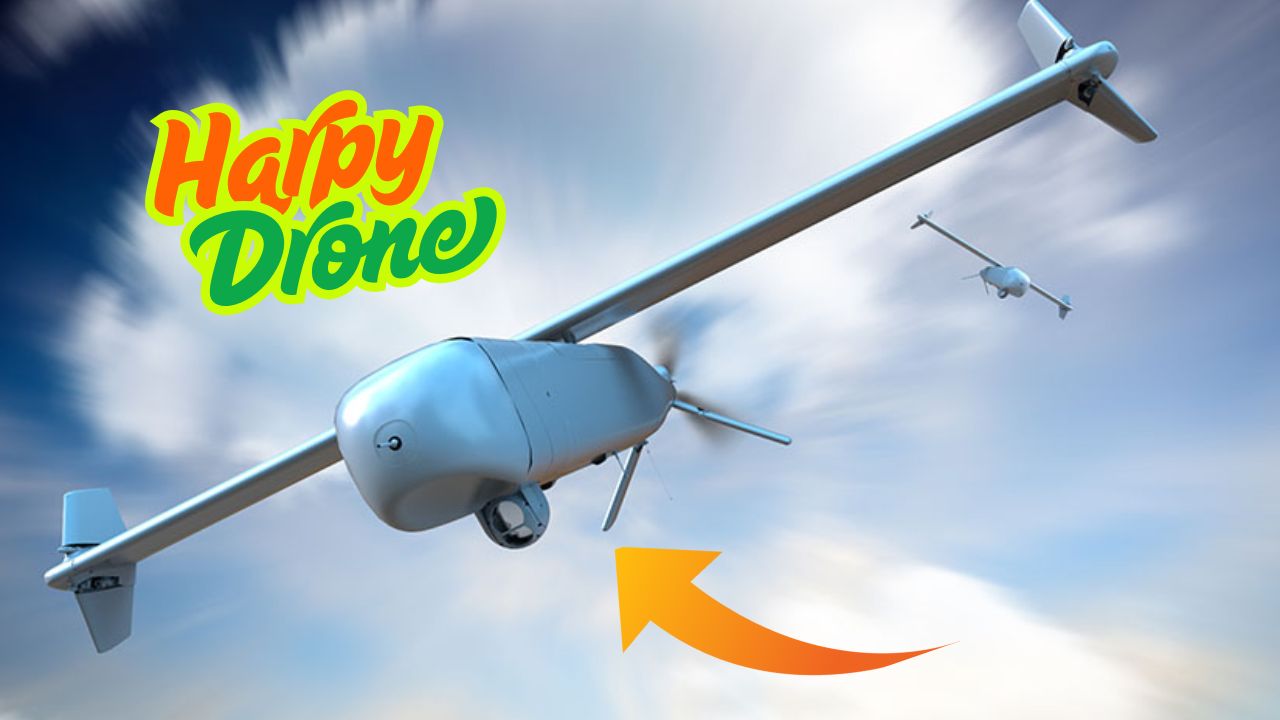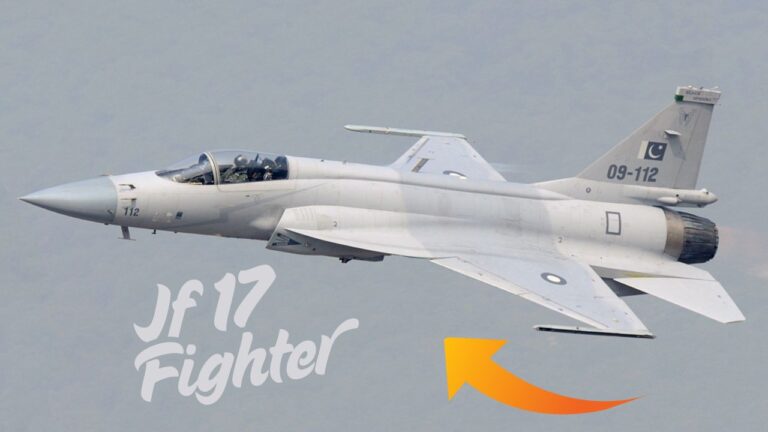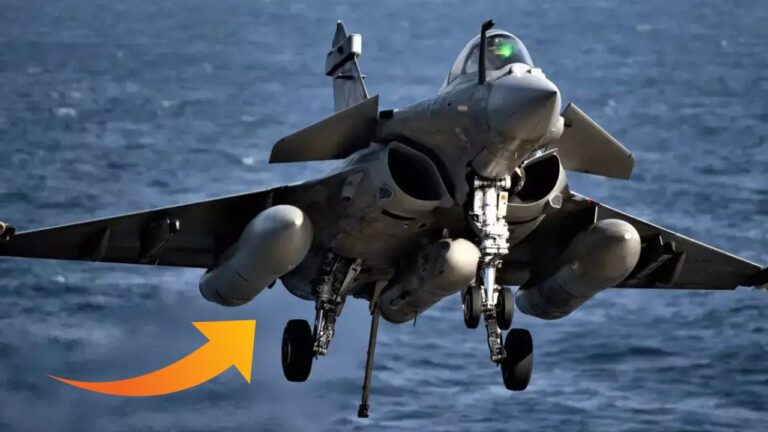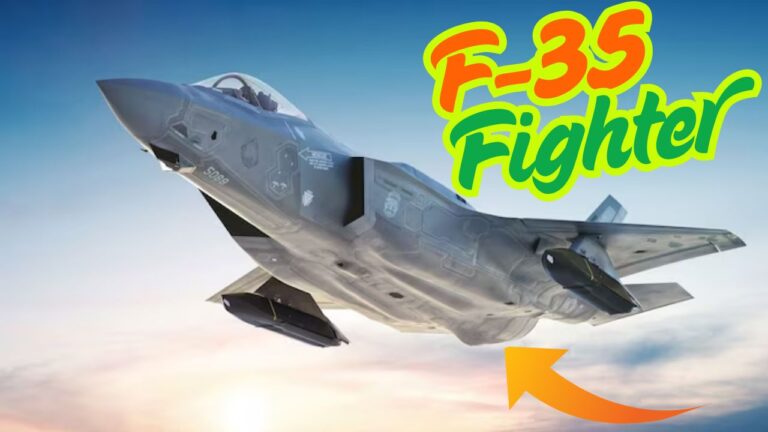Harpy Drone Price in India, Weight, Height and Specs
Harpy Drone Price in India: The Harpy drone is made by Israel Aerospace Industries (IAI). It is a loitering munition for Suppression of Enemy Air Defenses (SEAD) missions. The Harpy has a “fire-and-forget” feature. This means it can strike radar-emitting targets without needing further guidance. It can loiter in an area and is effective in electronic warfare.
India is focusing on upgrading its defense arsenal. As a result, the Harpy drone has gained attention from the Indian armed forces. Its use boosts capabilities in high-threat zones. The drone is compact, accurate, and operates autonomously. These features make it a strong asset for both offensive and defensive missions.
we will look at the Harpy drone’s price in India, weight, height, and key specifications. This technology is key to the changing nature of aerial warfare. Let’s explore its technical strengths and strategic significance.
Harpy Drone Price in India
The Harpy drone was developed by Israel Aerospace Industries (IAI). India first purchased these drones from Israel in the year 2009. At that time, India signed a deal worth \$100 million to acquire 10 Harpy drones, which means the cost of one drone was approximately $10 million (around ₹85 crore). A decade later, in 2019, India procured more of these drones in larger quantities.
Key Features of the Harpy Drone
The Harpy drone is equipped with an advanced Anti-Radiation (AR) seeker that enables it to autonomously detect and target enemy radar systems. Once launched, it can independently locate radar signals and carry out precision strikes without human intervention. With an endurance of up to 9 hours, the drone can loiter in enemy territory before executing an attack.
One of its standout features is its all-weather, day-and-night operational capability. The Harpy is designed to function effectively even in challenging conditions where systems like the Global Navigation Satellite System (GNSS) may be jammed or unavailable, ensuring reliable performance during electronic warfare operations.
Read More: 1 Rafale Price in Indian Rupees, Top-Sped, Specs and More
Harpy Drone Specs
| Specification | Details |
|---|---|
| Name | Harpy |
| Type | Loitering Munition / Autonomous Attack Drone |
| Manufacturer | Israel Aerospace Industries (IAI) |
| Role | Suppression of Enemy Air Defenses (SEAD) |
| Guidance System | Anti-Radiation Seeker (Autonomous Targeting) |
| Launch Platform | Ground-based Mobile Launcher |
| Range | Up to 500 km |
| Endurance | Up to 9 hours |
| Speed | Approximately 185 km/h (115 mph) |
| Warhead | High-Explosive, approx. 32 kg |
| Navigation | GNSS-independent capability; works without GPS |
| Operational Altitude | Medium Altitude |
| All-weather Capability | Yes – Operates day/night and in all weather conditions |
| First Acquired by India | 2009 |
| Estimated Unit Price | Around $10 million (approx. ₹85 crore) |
Competitors
| Drone | Country | Manufacturer | Key Features |
|---|---|---|---|
| Harop (IAI) | Israel | Israel Aerospace Industries | Successor to Harpy with EO camera, longer range, man-in-the-loop capability |
| Switchblade 600 | USA | AeroVironment | Portable loitering munition with anti-armor capability, GPS and EO guidance |
| Lancet | Russia | ZALA Aero (Kalashnikov Concern) | Kamikaze drone with real-time target identification and precision strike |
| CH-901 | China | CASC | Compact, portable loitering munition; effective in urban and mobile warfare |
| Warmate | Poland | WB Group | Tactical loitering munition with modular warhead and high portability |
| Hero-120/400 | Israel | UVision | Tactical loitering drones with precision strike and man-in-the-loop control |
| Shahed-136 | Iran | HESA | Long-range loitering munition; known for use in asymmetric warfare scenarios |
Pros and Cons
Pros of the Harpy Drone
| Advantage | Description |
|---|---|
| Autonomous Operation | Fully automatic detection and attack on radar-emitting targets—no pilot needed. |
| Anti-Radiation Seeker | Can precisely locate and strike enemy radar systems. |
| Long Loitering Time | Up to 9 hours of endurance allows extended surveillance and response time. |
| All-Weather Capability | Effective in day/night and all weather conditions. |
| GNSS-Independent Functionality | Operates even without satellite navigation like GPS or GLONASS. |
| High Effectiveness in SEAD | Ideal for neutralizing enemy air defense systems before manned aircraft enter. |
| Mobile Launch System | Can be deployed quickly from ground-based launchers, enhancing tactical mobility. |
Cons of the Harpy Drone
| Disadvantage | Description |
|---|---|
| High Cost | Estimated at $10 million per unit; expensive for large-scale deployment. |
| Single-Use | Like other loitering munitions, it is destroyed upon impact. |
| No Real-Time Human Control | Fully autonomous—once launched, mission cannot be altered or aborted. |
| Limited Payload Flexibility | Designed specifically for anti-radar missions; not suitable for diverse targets. |
| Risk of Collateral Damage | If enemy radars are placed near civilian infrastructure, precision could be an issue. |
FAQs
What is the Harpy drone used for?
Answer:
The Harpy is a loitering munition used primarily for Suppression of Enemy Air Defenses (SEAD). It autonomously detects and destroys enemy radar systems.
Who manufactures the Harpy drone?
Answer:
The Harpy drone is manufactured by Israel Aerospace Industries (IAI), a leading defense technology company based in Israel.
When did India first acquire the Harpy drone?
Answer:
India first purchased Harpy drones from Israel in 2009 and expanded its fleet in 2019.
How much does a Harpy drone cost?
Answer:
The estimated cost of one Harpy drone is around $10 million, which is approximately ₹85 crore.
How long can the Harpy drone stay in the air?
Answer:
The Harpy can loiter in the air for up to 9 hours, allowing it to wait for enemy radar signals before attacking.
Does the Harpy drone require GPS to function?
Answer:
No, the Harpy is designed to operate even without GPS or GNSS, making it highly effective in electronic warfare environments.
Is the Harpy drone reusable?
Answer:
No, the Harpy is a single-use loitering munition that self-destructs when it strikes its target.
What makes the Harpy different from other drones?
Answer:
Unlike surveillance or attack drones, the Harpy is designed specifically for autonomous radar-seeking and destruction, making it a key asset for electronic warfare.
Conclusion
The Harpy drone is a key player in modern electronic warfare. It targets enemy radar systems effectively. Developed by Israel Aerospace Industries (IAI), this loitering munition uses advanced autonomous technology for precise strikes. This makes it ideal for Suppression of Enemy Air Defenses (SEAD) operations.
The Harpy works well in all weather, both day and night. It can even operate without GNSS support, ensuring reliability in tough situations. India’s investment in the Harpy shows its importance in enhancing national defense.
Though it has high costs and is single-use, its tactical benefits often outweigh these downsides in critical combat. As warfare becomes more electronic and autonomous, drones like the Harpy are the future of military engagement. The Harpy is more than just a drone; it’s a smart and efficient weapon system designed for success on the battlefield.







